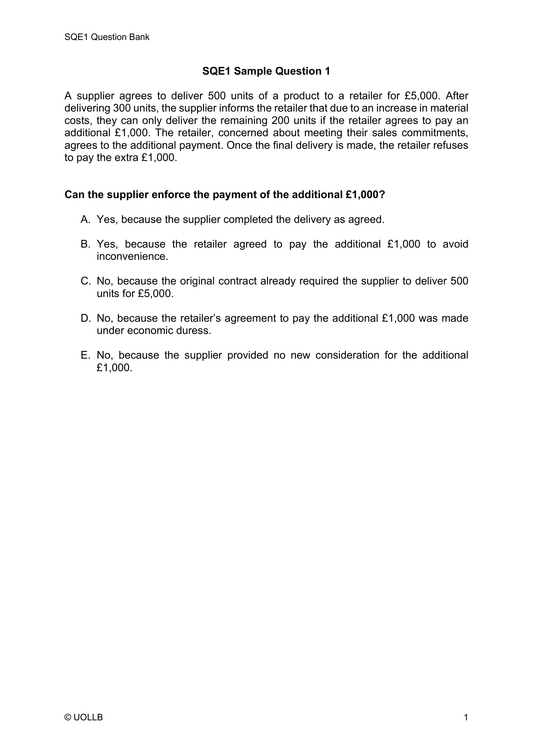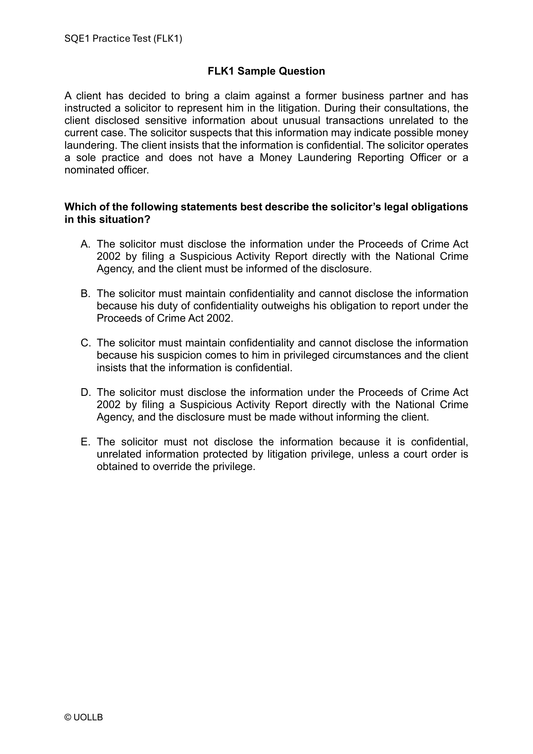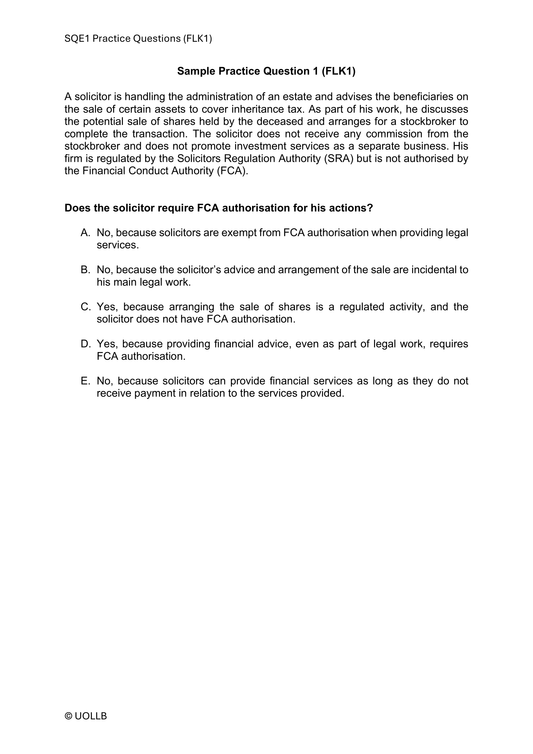Invitation to Treat in English Contract Law
Share
An invitation to treat is a crucial concept in English contract law, representing a situation where one party invites others to make offers, indicating a willingness to negotiate. Contrary to a formal offer, an invitation to treat does not signify an immediate intention to be legally bound upon acceptance.
Advertisements: In the context of advertisements, an invitation to treat is evident. Advertisements are generally not construed as offers but as invitations for others to make offers. This principle was established in the case of Partridge v Crittenden (1968), where a defendant advertising birds for sale was not considered to be offering to sell them. Advertisements provide information with a view to inviting offers rather than forming a binding contract.
Auctions: Auctions are another clear example of an invitation to treat. When an auctioneer invites bids for an item, it is not an offer but an invitation for potential buyers to make offers. The Sale of Goods Act 1979 governs auctions, specifying that a sale by auction is complete when the auctioneer announces its completion by the fall of the hammer or in another customary manner. Until this announcement, bidders may retract their bids.
Displays of goods: When goods are displayed for sale in a shop window or within a shop, it constitutes an invitation to treat. The shop owner is not obligated to sell the goods merely because they are displayed, even if accompanied by signage such as special offer. Pharmaceutical Society of Great Britain v Boots Cash Chemists (Southern) Ltd (1953), also known as the Boots case, is a leading example that establishes a display of goods as an invitation to treat.
Tender process: The tender process involves an invitation for others to make offers. In the case of Spencer v Harding (1870), the court held that offering to sell stock by tender was not a promise to sell to the highest bidder but an invitation for offers that the offeror could accept or reject at will. However, in exceptional circumstances, as seen in Harvela Investments v Royal Trust of Canada (1986), an invitation to tender may be treated as an offer.
Understanding the distinction between an invitation to treat and a formal offer is crucial. While the former invites negotiation and expressions of interest, the latter, when accepted, results in a binding contract. The scenarios and examples provided illustrate the nuanced nature of invitation to treat, reflecting the need for a flexible legal framework to accommodate various contractual situations.


























































